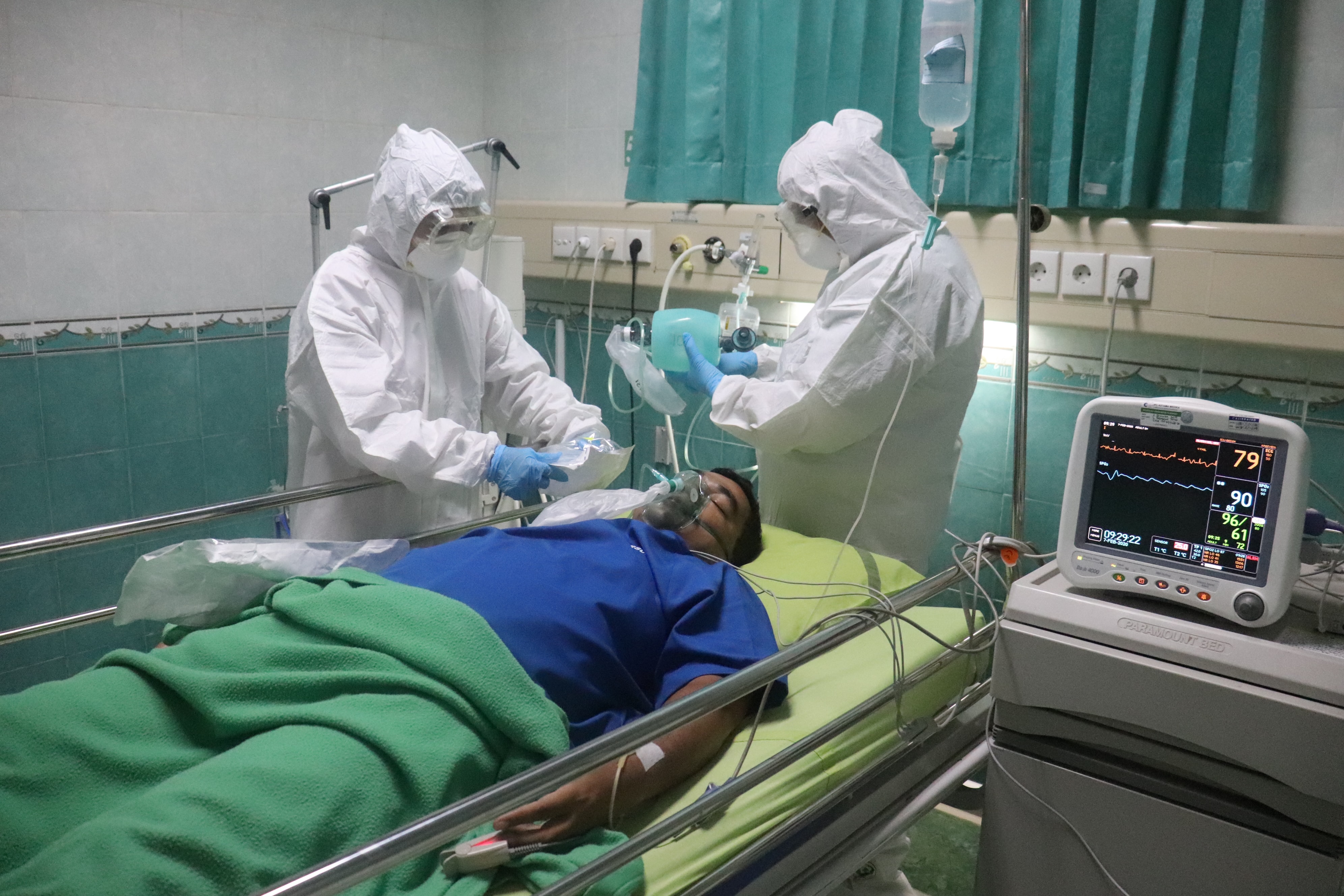Media release
From:
Study finds mortality rates decreased over time among critically ill COVID-19 patients
A study of critically ill patients admitted to the University of Pennsylvania Health System (Penn Medicine) intensive care unit with COVID-19 found that mortality decreased over time during the pandemic despite stable patient-level characteristics. The authors suggest that further studies are necessary to confirm this result and to identify contributing factors. Findings from a retrospective cohort study are published in Annals of Internal Medicine.
Using patient health records, Penn Medicine researchers sought to determine all-cause 28-day in-hospital mortality for 468 patients with COVID-19-related critical illness during the initial days of the pandemic. They also looked at all-cause death at any time, receipt of mechanical ventilation, and readmissions. The data showed that 68% of patients were treated with mechanical ventilation and 25.9% with vasopressors. The 28-day in-hospital mortality rate was 29% and all-cause 30-day readmission rate was 10.8%. The researchers noted that mortality decreased over time, from 43.5% to 19.2% between the first and last 15-day periods in the core adjusted model, whereas patient acuity and other factors did not change. While more research is needed to determine why survival rates increased, the authors suggest that better adherence to evidence-based standard-of-care therapies for critical illness, such as using high-flow nasal cannula to avert intubation and prone positioning of patients, may have contributed.



 International
International



